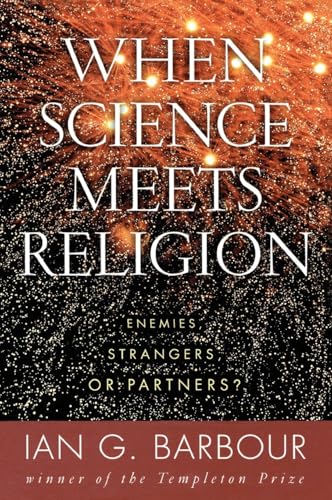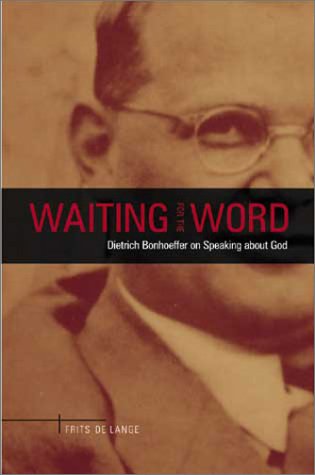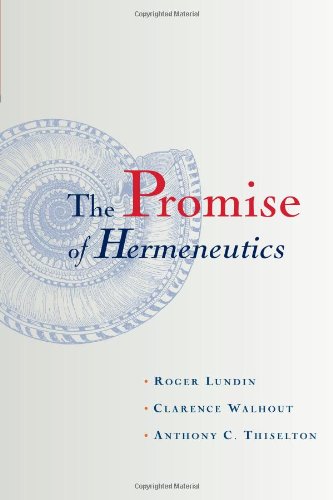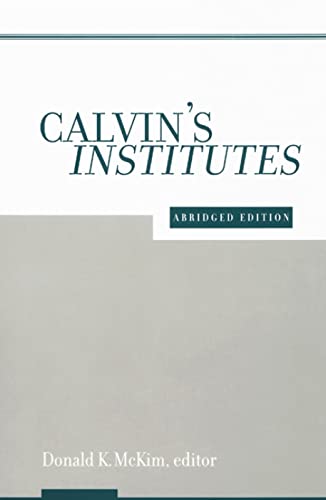Paul: A Man of Two Worlds
Written by C.J. den Heyer, trans. John Bowden Reviewed By James C. MillerDen Heyer, Professor of New Testament at the Theological University of the Reformed Churches in The Netherlands, may be known to readers from his earlier survey of life of Jesus research entitled, Jesus Matters: 150 Years of Research (Trinity Press International, 1996). In this sweeping ‘biographical’ and ‘historical’ survey of Paul’s life and letters, Den Heyer offers his interpretation of the Apostle Paul.
The first chapter treats preliminary matters such as method and sources. The next four chapters reconstruct Paul’s life until the commencement of his letter-writing activities preserved in the NT. The remainder of the book is organised around chapters devoted to each of what Den Heyer regards at the seven authentic Pauline letters in their chronological order according to the author’s reconstruction. The concluding chapter offers ‘A Retrospect’. The book concludes with endnotes and a Scripture index.
Readers will find areas to profit from in this book: for example, den Heyer places firm emphasis on the role of apocalyptic in Paul’s life and thought. Furthermore, he understands Paul as a ‘contextual theologian’ writing letters to young churches in response to their questions and concerns. Den Heyer concludes that Paul’s letters deal primarily with the unity of these churches.
Nevertheless, the book proves to be an overall disappointment. Several factors contribute to this judgement. First, as the subtitle indicates. Den Heyer regards Paul as a ‘man of two worlds’, or as he states in his retrospect, a man with ‘two souls’. A diaspora Jew became a zealot for Jesus Christ. The differences between his Jewish roots and new-found life as a disciple of Christ brought not only internal conflict, but external conflict with Jews and Roman authorities as well. So far, so good. Yet one finds little In this book about the Jewish or Greco-Roman worlds that fed this conflict. One of the most profitable areas in NT studies of late has been precisely in our understanding of these worlds. One looks in vain, however, for interaction with the multitudes of studies emerging from sociological and rhetorical analysis that could inform the conflict Den Heyer finds at the centre of Paul. One could easily contrast this book with profitable use made of such research in Ben Witherington’s, The Paul Quest.
Readers of this journal will also take exception to the author’s summary dismissal (in four pages) of Pauline authorship of Ephesians. Colossians, 2 Thessalonians and the Pastoral Epistles. Although mainstream scholarship would agree with Den Heyer on this point, he fails to mention evidence for Pauline authorship. Rather, he presupposes a trajectory within the early Christian movement from primitive egalitarian communities with little structure to late first century/early second century groups where order and structure are paramount. Once such a structure becomes assumed, letters such as the Pastorals can neatly be inserted into their proper place in the prescribed trajectory. For contrary reconstructions and a critique of approaches such as Den Heyer’s, readers should consult recent works (on the Pastorals, for example) such as William Mounce’s commentary in the Word Biblical Commentary series or Luke T. Johnson’s commentary on First and Second Timothy in the Anchor Bible series.
Thirdly, Den Heyer regards the Acts of the Apostles as a late first-century work produced by someone other than a companion of Paul. Although the writer of Acts used sources and thus produced a fairly reliable record of Paul’s activities, the testimony of Acts remains coloured by the writer’s later perspective. Thus, Acts may be used to inform our understanding of Paul, but no ‘general guideline’ can be laid down for discerning how to sort out the historically accurate information from that tainted by the writer’s later viewpoint. Rather, each passage in Acts must be assessed individually. Yet, Den Heyer seldom provides any such assessment in his treatment of Acts. Passages are typically accepted or rejected with little comment. This practice leaves one wondering whether the evidence in Acts, evaluated on its own, determines what Den Heyer accepts or rejects, or if his own understanding of Paul shapes his decision in these matters.
Finally, Den Heyer divides Philippians into two letters. The first, consisting of Philippians 1:1–3:1, 4:2–7, and 4:10–23 was written before Philemon and the fragments of letters now combined into our present 2 Corinthians. The second letter, made up of Philippians 3:2–4:1 and 4:8–9, was written afterwards. Although he admits the decision to divide the letter in this fashion was a difficult one, the reader is left wondering where the scholar gets the wisdom to discern how previous letters were dissected into pieces and later recombined, and more importantly, what historical setting can explain such a process. This same criticism applies to Den Heyer’s dismantling of 2 Corinthians.
If one is searching for an overview of Paul’s life and letters amidst the recent plethora of such works, this is not the place to start. Students are better served by Ben Witherington’s book cited above, or for the life of Paul. F.F. Bruce’s Apostle of the Free Spirit. The positive points in Den Heyer’s reconstruction can readily be found elsewhere.
James C. Miller
Nairobi Evangelical Graduate School of Theology







